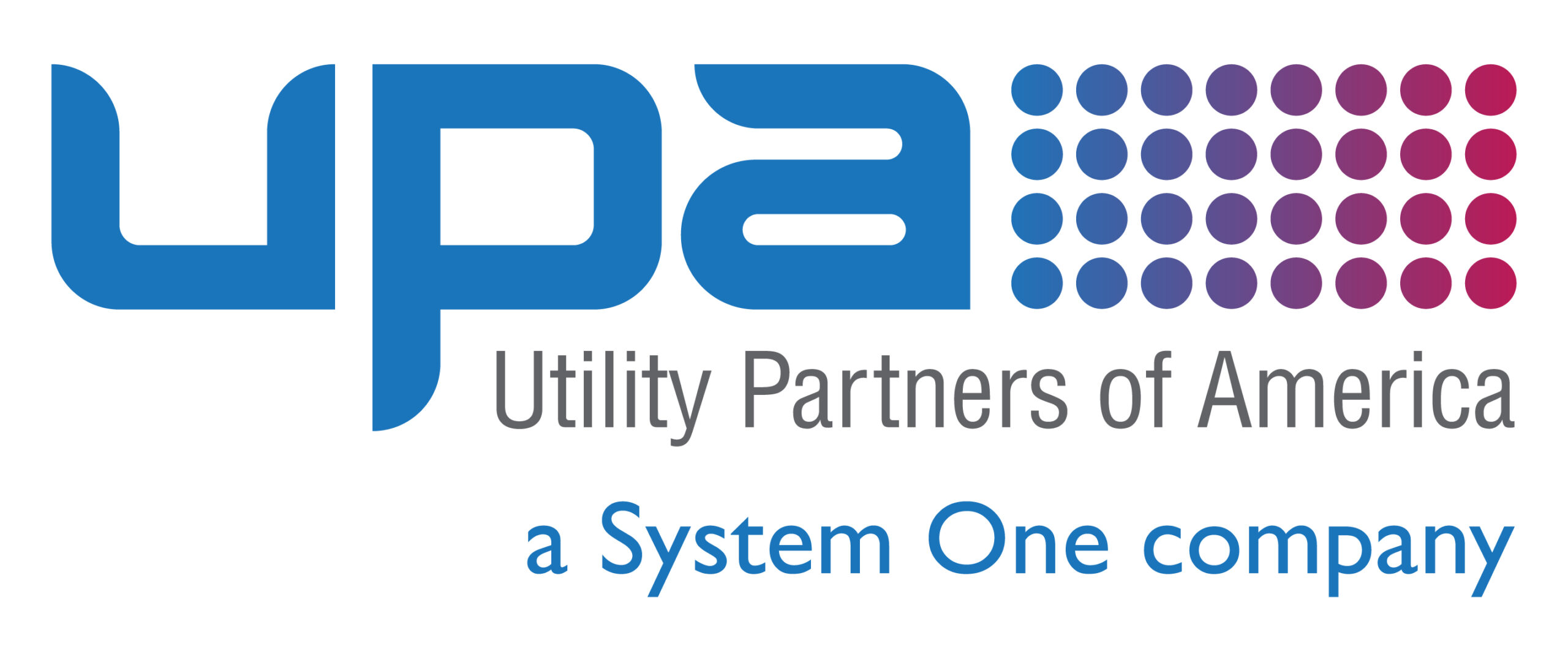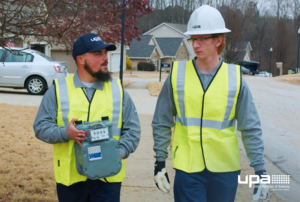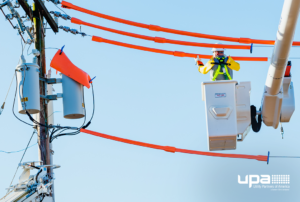These days, customer service is much more of an art than a science. Good customer service requires the agent to possess a variety of personality traits and skills. Some of those include friendliness and empathy. But what is the one customer service skill that shouldn’t be overlooked? Active listening.
Active listening is about more than hearing what the other person is saying and firing off an answer. It involves using all senses to perceive both verbal and non-verbal cues, digesting those indications, and then responding appropriately. For a lot of people, authentically and effectively engaging in active listening can be a challenge. If you think your team can improve in this area, we may be able to help with these five tips for active listening for customer service.
Let the customer talk
One of the biggest tenets of active listening is avoiding interruptions. Cutting a customer off is only likely to aggravate them further and worsen an already tense situation. Not to mention, the more you talk, the less chance you have to hear what problem needs to be corrected. Practicing active listening and letting the customer talk is also a sign of an empathic person. Empathy goes a long way with customers.
Related: Four Things Today’s Utility Customers Want
Active listening involves more than just your ears
We touched on this briefly already, but active listening encompasses more than just what you can do with your ears. You must also focus on the customer’s mannerisms. With body language, facial expressions, and mood, you can get a thorough understanding of what the customer is feeling. Only after you’ve done that can you truly solve problems.
Don’t multitask
When you’re busy, it can feel like there are not enough hours in the day to complete everything you want to accomplish. In theory, simultaneously talking to a customer on the phone or on a text-based chat and doing something else seems innocent enough. But in most cases, the customer is likely to notice, and you may miss out on gathering a critical piece of information. We always recommend avoiding multitasking and giving the customer your full attention.
Confirm what the customer is saying
In order to solve a customer’s problem, first clarify what needs fixing. For example, an effective clarifying statement will recap what the customer has said and ask for a confirmation: “I understand that your power is out and that you’re hoping to get an estimate on when power will be restored. Is that correct?” This process help customers feel heard while streamlining the customer service process by ensuring you get it right on the first try.
Related: Why After-Action Reviews Are Important
Don’t take it personally
One of the things we often see in customer service is agents taking great offense to a customer complaint. It’s an easy trap to fall into, especially when you’re the one on the other end of an unhappy customer conversation. But customer service agents can’t take it personally. Upset customers typically want two things: to be heard and to have their problems solved. An agent practicing active listening can handle both in one interaction.
Related: Accountability Is Everyone’s Responsibility
Utility Partners of America has assisted many utilities with customer service
Utility Partners of America (UPA) has been an ally for utility companies and energy co-operatives for 25 years. In addition to meter services, electric distribution services, lighting services, and inspection and maintenance services, Utility Partners of America (UPA) also provides professional services that include customer care, call center services, and billing administration. Our experience in this industry has given us keen insight into best practices for customer service like active listening.
Would you like to learn what we can do for you? Contact us or call (864) 269-2302 to learn more.




